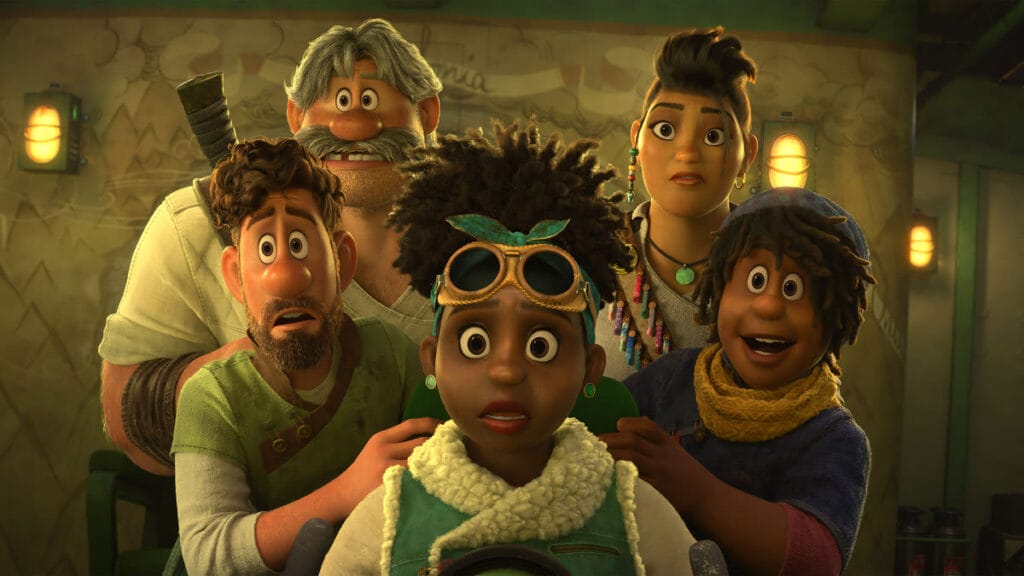In recent years, the animation industry has experienced significant growth in LGBTQ+ representation, marking a momentous stride in storytelling. Yet, within this progress, a crucial gap persists: the portrayal of Black queer women. While shows like “The Legend of Korra,” “She-Ra and the Princesses of Power,” and “Kipo and the Age of Wonderbeasts” have made breakthroughs, the absence of nuanced as well as plentiful representation for this demographic underscores the ongoing need for diversity and inclusivity in animation. This article explores the current state of LGBTQ+ representation in animation, celebrates existing diverse characters, and advocates for amplifying Black queer femme voices in the industry.
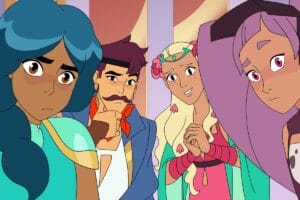
The Current Landscape: Challenges and Progress
The animation industry, while witnessing strides in LGBTQ+ representation, faces considerable challenges. Statistics reveal stark disparities: only 5% of animation industry leadership roles are occupied by Black, Indigenous, and People of Color (BIPOC) individuals, and women lead just 3% of animation studios in the US- that number drops to 1% for women of color. Furthermore, a mere 20% of animation industry professionals are women, highlighting gender imbalances within the entire field. And this inequity is not due to a lack of demand. 57% of US adults recognize the positive impact of LGBTQ+ representation in media on societal acceptance. However, the underrepresentation of Black queer women persists, emphasizing the urgent need for change.
According to recent data, there are over 4,937 animators currently employed in the United States, with only 28.1% of them being women and 71.9% being men. The most common ethnicity among animators is White, constituting 67.7% of the workforce, while Black/African-American animators make up just 4.3%. Additionally, these disparities are reflected in compensation. Women animators earned 94% of what men earned in 2022. Black/African-American animators had the lowest salary at $66,339, compared to the average animator salary of $76,853. These statistics underscore the need for increased diversity and inclusivity within the animation industry, particularly for marginalized communities.
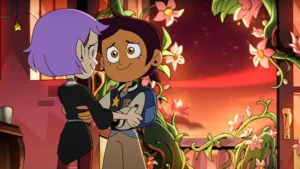
Furthermore, studies have shown that exposure to LGBTQ characters in media can increase acceptance of LGBTQ equality by up to 45%, emphasizing the profound impact of representation on societal attitudes and beliefs. Despite this, only 6.1% of speaking or named characters in American animated children’s shows in 2020 had LGBTQ+ identities, highlighting the ongoing need for more diverse representation.
Celebrating Representation: Highlighting Diverse Characters
Despite challenges, significant strides have been made in LGBTQ+ representation within animation.
- Korra and Asami (The Legend of Korra): Korra, a headstrong and determined Avatar, and Asami, a brilliant and resourceful engineer, embark on a journey of love and self-discovery. Their relationship marked a groundbreaking moment, portraying a queer relationship between two main characters in a popular American animated show.
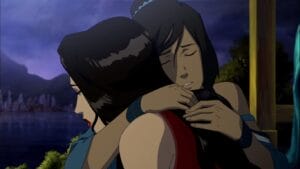
- Bow’s dads (She-Ra and the Princesses of Power): George and Lance are loving and supportive parents who challenge traditional gender roles. Their presence in the series showcases the importance of familial acceptance and love within the LGBTQ+ community.
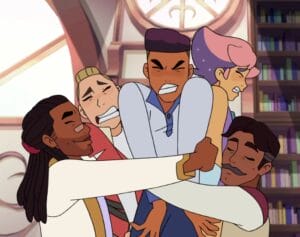
- Benson (Kipo and the Age of Wonderbeasts): Benson, a confident and outgoing teen, has a heartfelt coming-out moment, offering a positive and affirming narrative for young audiences exploring their identities.

- Kaldur’ahm (Young Justice: Outsiders): Kaldur’ahm, the former protégé of Aquaman, operates as Aqualad and later becomes Aquaman himself. His revelation of his relationship with Wyynde exemplifies diverse representation within the superhero genre.
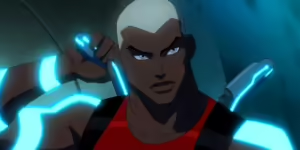
- Ethan Clade (Strange World): Ethan Clade is Disney’s first out gay teen hero, offering a refreshing depiction of masculinity and queerness. His character contributes to expanding the scope of queer representation in mainstream animation.
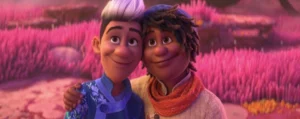
The Road Ahead: Advocating for Inclusivity and Authenticity
As we navigate the road ahead, it’s crucial to acknowledge that while progress has been made, there’s still a notable absence of diversity, especially concerning Black queer women. This void emphasizes the importance of lifting up the experiences and voices of the POC community within queer representation. It’s essential to recognize that the identity of being Black and queer is not a monolith; it encompasses a spectrum of experiences, cultures, and perspectives. Therefore, advocating for inclusivity and authenticity in storytelling means actively amplifying the voices and stories of Black queer femmes.
Moving forward, initiatives such as increasing BIPOC representation in leadership roles, supporting marginalized creators, and prioritizing authentic narratives will be instrumental in fostering a more inclusive animation industry. By championing diverse stories and amplifying underrepresented voices, we can create a landscape where every aspect of the LGBTQ+ community feels seen, heard, and valued.
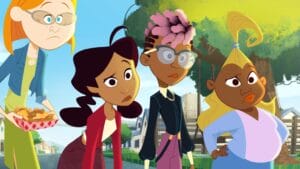
In this journey towards inclusivity, it’s vital to challenge existing norms, dismantle barriers, and create spaces where all individuals, regardless of their identities, can thrive and contribute to the rich tapestry of animation storytelling. By embracing the diversity within the LGBTQ+ community, we can pave the way for a more equitable and empowering future in animation. Together, let’s continue to push boundaries, challenge stereotypes, and celebrate the beauty of intersectionality in queer representation.
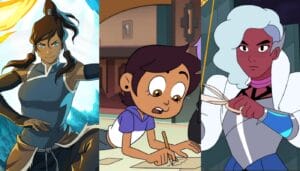
Embracing Diversity and Inclusion
In conclusion, while progress has been made in LGBTQ+ representation, there’s a pressing need for greater inclusivity, particularly for Black queer women and femme-presenting individuals. By celebrating diverse characters and advocating for authentic storytelling, we can create a landscape where all individuals feel seen, heard, and valued. Let’s continue to push boundaries, challenge stereotypes, and embrace the beauty of diversity in animation. Together, we can build a future where every voice is celebrated, and every story is cherished, fostering a more inclusive and representative animation industry for generations to come.
Sources:
How one line in ‘Strange World’ shows Disney is finally getting queer representation right
Kipo’s Benson is leading the next wave of queer representation in youth animation
GLAAD’s Where We Are on TV Report 2022-2023
Inside the Groundbreaking Queer Reboot of ‘She-Ra’
How She-Ra broke ground for queer representation in children’s media

